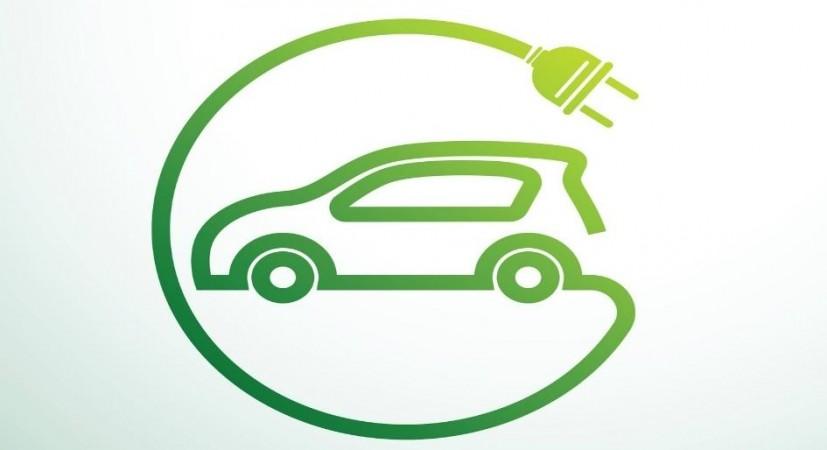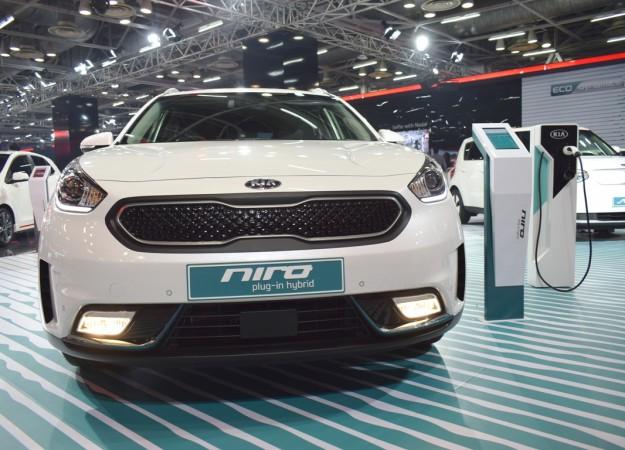
In the wake of a series of electric vehicle (EV) fires, automakers in South Korea are actively campaigning to debunk myths surrounding EV charging safety. The latest fears surrounding EVs began after a spontaneous fire in a parked Mercedes-BenzEV wiped out an entire underground parking garage inside an apartment complex in Incheon, 27 kms west of Seoul, damaging over 100 cars. Since then, many pundits have pointed out that fully or overcharged EVs could pose fire risks, while authorities have scrambled to present safety measures against such accidents.
The Seoul city government announced a plan to discourage the entry of EVs that are more than 90 percent charged into apartment underground parking garages. Various local governments across the country also have announced or were considering similar measures, including moving underground EV charging facilities to above-ground locations.
After having remained mostly reactive in their responses to such safety fears, car manufacturers are now coming out to actively promote the safety of EVs as they seek to resuscitate the automotive segment that has seen a recent slowdown in demand globally amid the so-called adoption chasm. Industry heavyweights Hyundai Motor and Kia, in particular, are seeking a breakthrough in the global EV demand lull with their new affordable yet advanced models, the Casper Electric subcompact model and the EV3 crossover model, respectively.
The two companies said that their EV batteries are designed to be safe even when charged to 100 per cent, with the internal battery management system monitoring and controlling any issues that may arise. They explained that the battery's charging capacity is calculated within a safety-verified range -- meaning that even when the battery is full, there is still additional capacity that remains unutilised.
Hyundai and Kia pointed out that in the case of ternary NCM (nickel-cobalt-manganese) batteries, while they can technically hold up to 275 mAh of energy per gram, battery manufacturers design them to use only 200 to 210 mAh per gram. The automakers said car manufacturers, too, also set the 100 percent charge level while leaving some capacity unused when designing and producing cars.

The imported car companies are also actively addressing battery safety concerns as they prepare to launch new models. Polestar Automotive Holdings, for instance, highlighted the safety of its Chinese CATL NCM batteries during the South Korean launch event for the Polestar 4 EV held in Seoul last week. A company official stressed that out of some 160,000 Polestar 2 units sold across 27 countries in the past, there have been no reported fire incidents.
Recent EV fires have sparked a wave of concern over the safety of EV charging practices. However, automakers are actively addressing these concerns, debunking myths, and implementing safety measures to ensure the safe use of EVs. The industry is also working on improving battery technology and management systems to prevent overcharging and potential fire risks. As the EV market continues to grow, the focus on safety and the development of advanced, reliable battery technologies will remain a top priority.

















